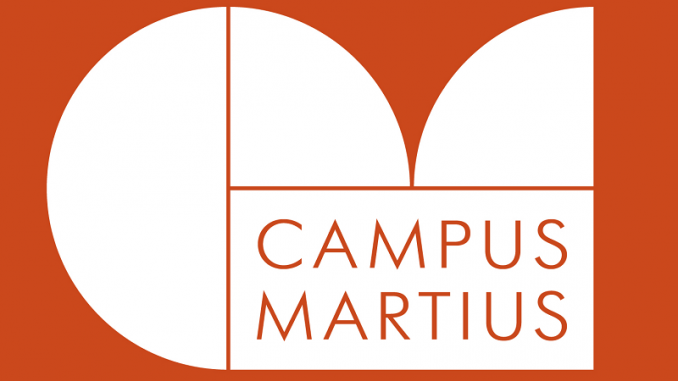
Type: Project
When: September 2016 - September 2017
Where: Perm University History Museum
Address: Bukireva st., 15, building 2, 2nd floor
Conditions:
This project is the outcome of Perm University History Museum winning the competition «A Changing Museum in a Changing World», organised by Vladimir Potanin Foundation. The project was realised in 2017.
The museum stores artefacts from VI century BC to IV century AD and visual educational materials on the history and culture of Ancient Egypt, Ancient Greece and Ancient Rome (about 4000 items) from the XIX an XX centuries. But even the university community knows little about it. The purpose of the project “Campus Martius, or How to become a citizen of Perm University” lies in the popularisation of the Perm University History Museum collections among prospective students, students and professors of Perm State University.
Due to limited resources (a small space, an outdated exposition that does not meet the expectations and needs of visitors, a small staff), the museum’s antique collections are only available during “open days”, special events, festivals and free tours that must be previously arranged. While the hall next to the museum is a traditional meeting place for professors and groupmates spending the time before the start of the next lecture, it was not adapted for this purpose. The entrance area to the museum commemorating the Great Patriotic War was in a dilapidated condition and the info material unreadable.
After redesigning the entrance area, it became an easily accessible recreational space that students can use for purposes of experimentation, including discussions, the organisation of events (debates, games and so forth), spending their time during the breaks and engage with materials on ancient history and culture, thus immersing themselves in “civitas” (Latin for citizenship). As the area serves a range of different technical and ideological aims, the museum can quickly intervene and rearrange the space. It is a point of attraction, which helps with gradually making museum collections more available, recognisable and integrates the museum in both the educational process and leisure activities.


